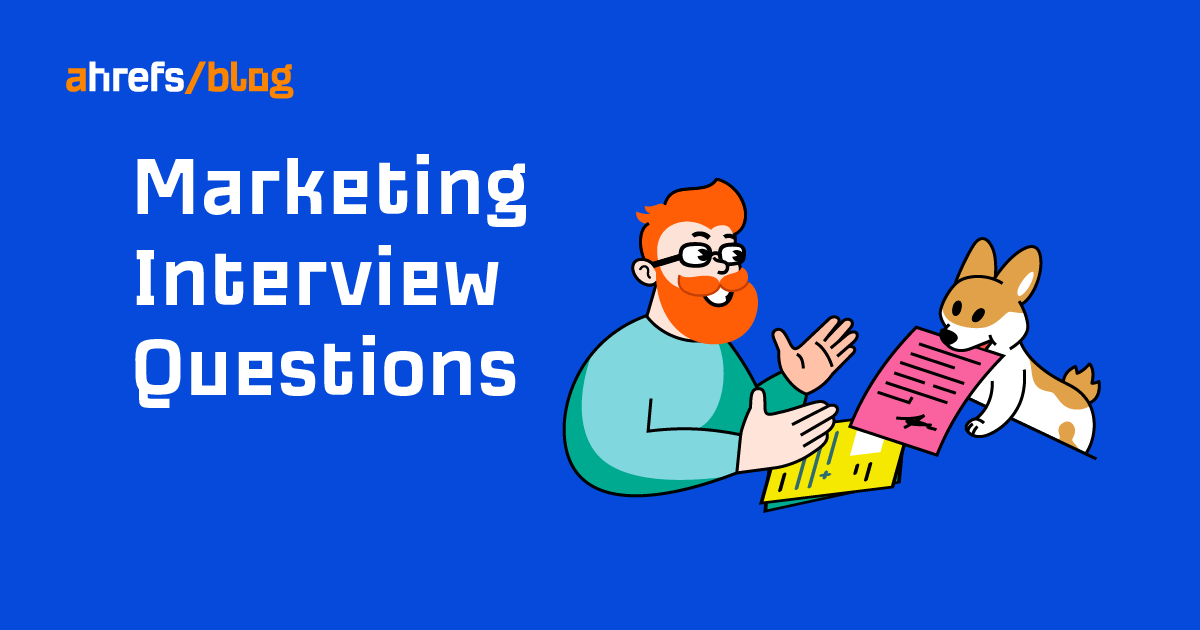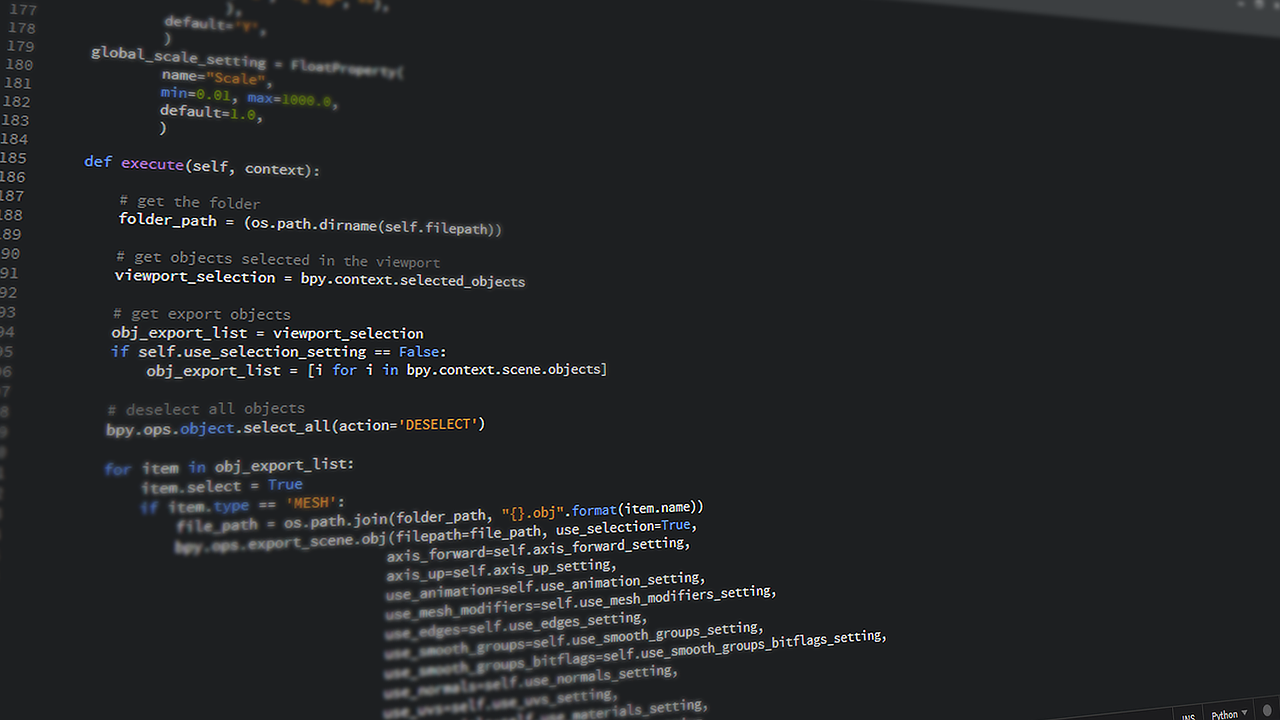Google: Should H1 & Title Tags Match? via @sejournal, @martinibuster
Should H1 and title tags match? This is what Google recommends The post Google: Should H1 & Title Tags Match? appeared first on Search Engine Journal.

Google’s Office Hours podcast answered the important question of whether it matters if the title element and the H1 element match. It’s a good question because Google handles these elements in a unique way that’s different from how traditional SEO thinks about it.
How Important Is It For H1 & Title Tags To Match?
The question and answer are short. Google’s Gary Illyes answers the question and then links to documentation about how Google produces “title links” in the search engine results pages (SERPs).
This is the question:
“…is it important for title tags to match the H1 tag?”
Gary answers:
“No, just do whatever makes sense from a user’s perspective.”
That’s a useful answer but it’s also missing the explanation of why it’s not important that the title tag matches the first heading element.
The Title And H1 Elements
The title element is in the <head> section with the other metadata and scripts that are used by search engines and browsers. The role of the <title> element is to offer a general but concise description of what the web page is about before a potential site visitor clicks from the SERPs to the web page. So the title must describe the web page in a way that tells the potential visitor that the web page contains the content about whatever topic the page is about and if that’s a match to what the person is looking for then they’ll click through.
So it’s not that the title tag entices a click. It’s job is to say this is what’s on the page.
Now the heading elements (H1, H2, etc) are like mini titles, they describe what each section of a web page is about. Except for the first heading, which is usually an H1 (but could be an H2, it doesn’t matter to Google).
The first heading offers a concise description of what the web page is about to a site visitor that already knows what the page is about in a general way. So the H1 element can be said to be a little more specific in a way.
The official W3C HTML documentation for the H1 tells how the H1 is supposed to be used:
“It is suggested that the the text of the first heading be suitable for a reader who is already browsing in related information, in contrast to the title tag which should identify the node in a wider context.”
How Does Google Use H1 and Titles?
Google uses the headings and titles as a source of information about what the web page is about. But it also uses them to create the title link, which is the title that shows in the SERPs. So if the <title> element is inappropriate because it’s got a popular keyword phrase that the SEO wants to rank for but doesn’t describe what the page is about, Google’s going to check the heading tags and use one of those as the title link.
Twenty years ago it used to be mandatory to put the keyword phrase you wanted to rank for in the title tag. But ranking factors don’t work like that anymore because Google has natural language processing, neural networks, machine learning and AI that helps it understand concepts and topics.
That’s why the title tag and the heading tags are not parking spots for the keywords you want to rank for. They are best used to describe the page in a general (title element) and a bit more specific (H1) way.
See also: How Much More Effective Are Headings Than Formatted Text?
Google’s Rules For Title Links
Gary Illyes of Google linked to documentation about how Google uses titles and headings to produce title links.
Titles must be descriptive and concise. Yes, use keywords but remember that the title must accurately describe the content.
Google’s guidelines explain:
“Title links are critical to giving users a quick insight into the content of a result and why it’s relevant to their query. It’s often the primary piece of information people use to decide which result to click on, so it’s important to use high-quality title text on your web pages.”
Avoid Boilerplate
Boilerplate is a phrase that’s repeated across the site. It’s usually templated content, like:
(type of law) Lawyers In (insert city name), (insert state name) – Name Of Website
Google’s documentation recommends that a potential site visitor should be able to distinguish between different pages by the title elements.
This is the recommendation:
“Avoid repeated or boilerplate text in <title> elements. It’s important to have distinct text that describes the content of the page in the <title> element for each page on your site.”
Branding In Title Tags
Another helpful tip is about website branding. Google advises that the home page is an appropriate location to provide extra information about the site.
Google provides this example:
<title>ExampleSocialSite, a place for people to meet and mingle</title>
The extra information about the site is not appropriate to have on the inner pages because that looks really bad when Google ranks more than one page from the website plus it’s missing the point about what the title tag is supposed be about.
Google advises:
“…consider including just your site name at the beginning or end of each <title> element, separated from the rest of the text with a delimiter such as a hyphen, colon, or pipe like this:
<title>ExampleSocialSite: Sign up for a new account.</title>”
Content That Google Uses For Title Links
Google uses the following content for creating title links:
“Content in <title> elements Main visual title shown on the page Heading elements, such as <h1> elements Other content that’s large and prominent through the use of style treatments Other text contained in the page Anchor text on the page Text within links that point to the page WebSite structured data”Takeaways:
Google is choosing the title element to display as the title link. If it’s not a good match it may use the first heading as the title link in the SERPs. If that’s not good enough then it’ll search elsewhere on the page. Use the title to describe what the page is about in a general way. Headings are basically section “titles,” so the first heading (or H1) can be an opportunity to describe what the page is about in a more precise way than the title so that the reader is compelled to start reading or shopping or whatever they’re trying to do. All of the headings in a web page together communicate what the entire page is about, like a table of contents. The title element could be seen as serving the function similar to the title of a non-fiction book. The first heading is more specific than the title about what the page is about.Listen to the question and answer at the 10:46 minute mark:
Featured Image by Shutterstock/Khosro

 AbJimroe
AbJimroe 































